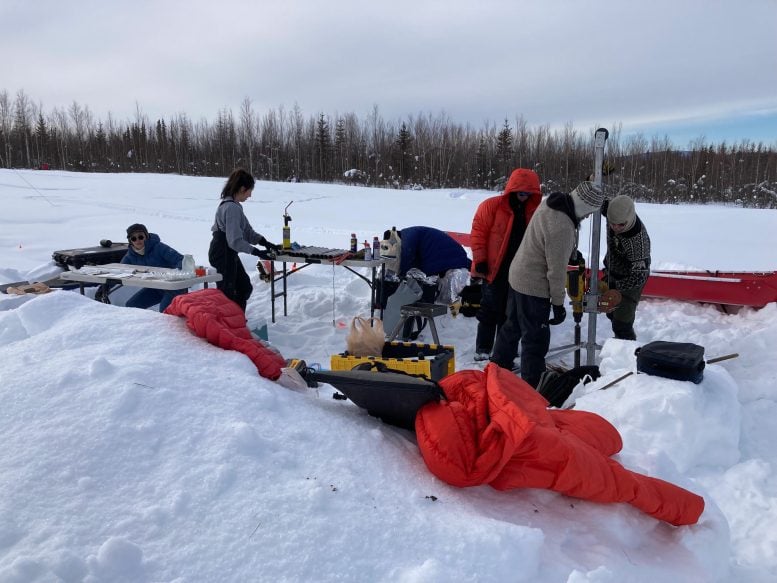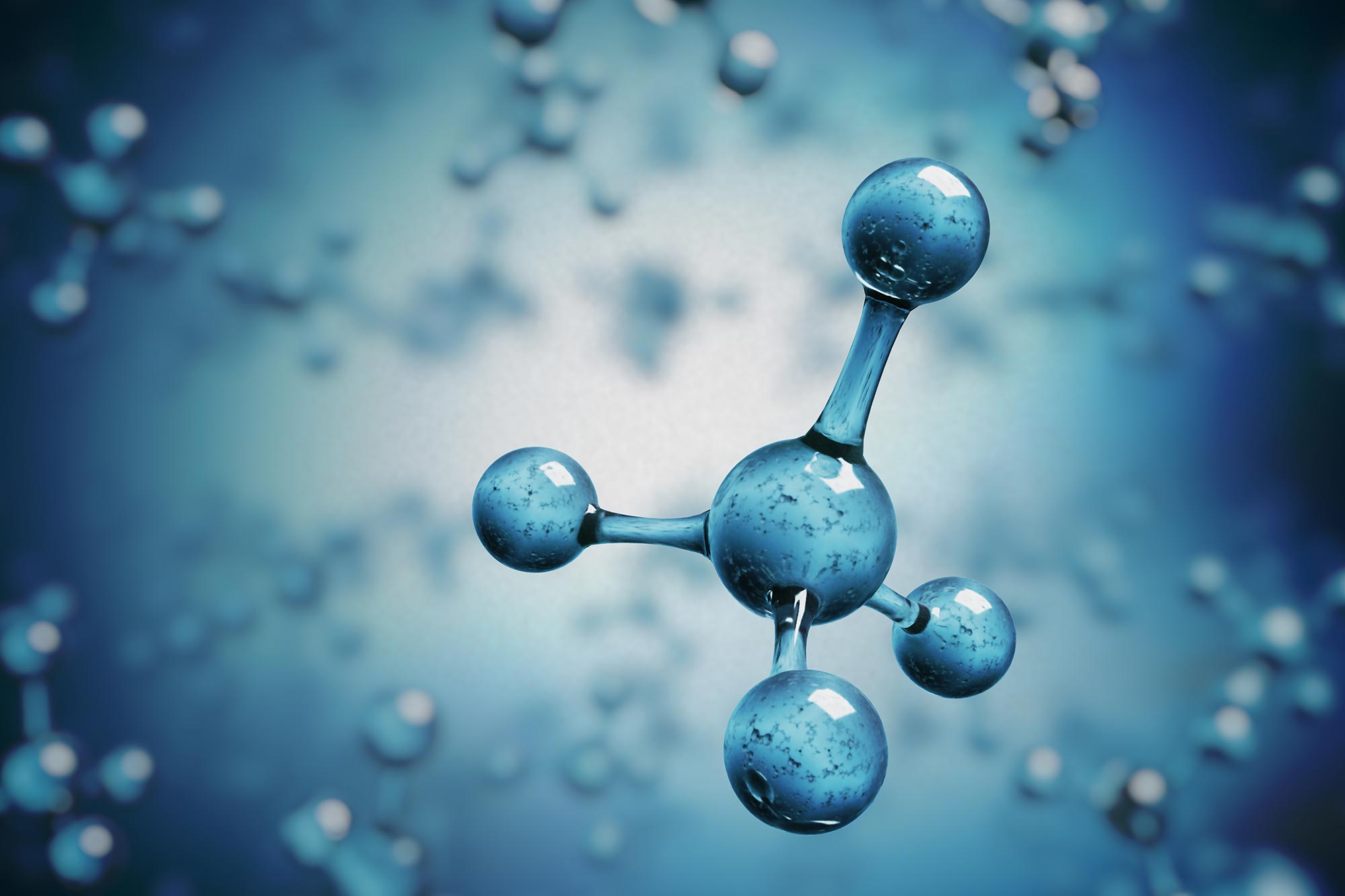Scientists found unexpected methane emissions in Alaska’s drylands, suggesting these areas could significantly contribute to climate change, contrary to previous models.
When Katey Walter Anthony heard rumors of methane, a potent greenhouse gas, ballooning under the lawns of fellow Fairbanks residents, she nearly didn’t believe it.
“I ignored it for years because I thought ‘I am a limnologist, methane is in lakes,’” she said.
But when a local reporter contacted Walter Anthony, who is a research professor at the Institute of Northern Engineering at the University of Alaska Fairbanks, to inspect the waterbed-like ground at a nearby golf course, she started to pay attention. Like others in Fairbanks, they lit “turf bubbles” on fire and confirmed the presence of methane gas.
Then, when Walter Anthony looked at nearby sites, she was shocked that methane wasn’t just coming out of a grassland. “I went through the forest, the birch trees, and the spruce trees, and there was methane gas coming out of the ground in large, strong streams,” she said.
“We just had to study that more,” Walter Anthony said.
With funding from the National Science Foundation, she and her colleagues launched a comprehensive survey of dryland ecosystems in the Interior and Arctic Alaska to determine whether it was a one-off oddity or unforeseen concern.

Their study, published in the journal DOI: 10.1038/s41467-024-50346-5













/https://tf-cmsv2-smithsonianmag-media.s3.amazonaws.com/filer_public/d1/82/d18228f6-d319-4525-bb18-78b829f0791f/mammalevolution_web.jpg)






Discussion about this post